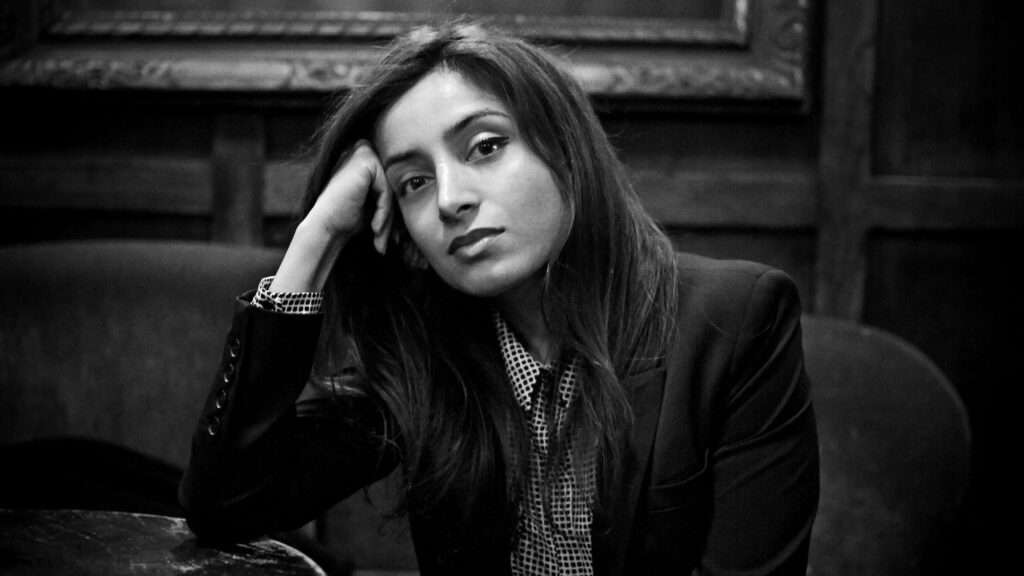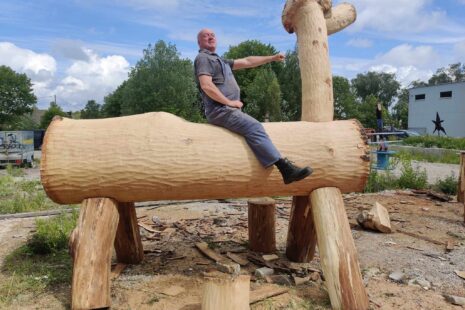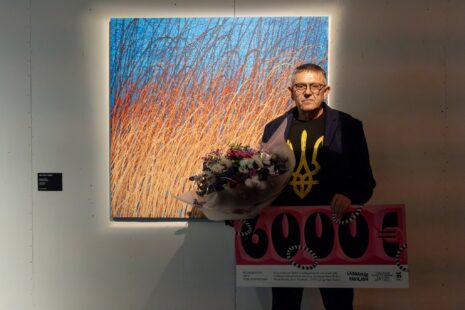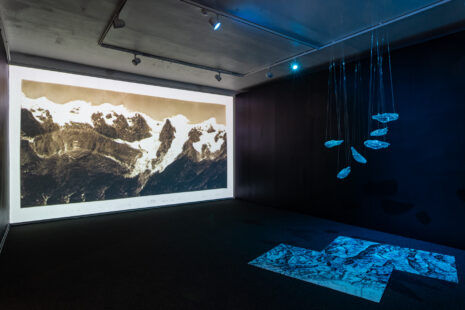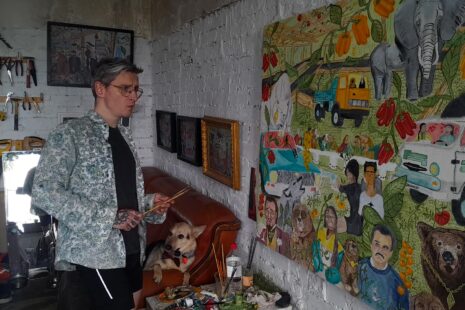The speaker from Ministry of Foreign Affairs in Norway, Jens Frølich Holte mentioned how the freedom of the press is more visible, journalists have a strong global network, e.g. Reporters Without Borders; while in case of artists the situation is not so clear at all. What do you think, is media freer than art?
Freedom of the press has a very immediate quality, and its withdrawal is very tangible. If there’s a journalist exposing corruption, for instance, those involved in corruption will want to silence him/her. If there’s a journalist whose very critical of the state, then the state might take action. The relationship between what the journalist has said and the repercussions are very clear. But art is often ambiguous. It doesn’t always speak directly, but works through symbols, allegories, metaphors, allusions, emotions. It’s harder to pin down what the causal relations are, to measure how art fits into the ecosystem of how we think and feel. The cause and effect aren’t as clear as with journalism.
Bob Woodward’s and Carl Bernstein’s journalism let to the impeachment of president Richard Nixon and so it’s easy to see a very straightforward relationship between journalism and political change, but the 60s counter-culture and its art, fiction and music backgrounded massive cultural changes in the US and elsewhere as well. This relationship may be much less clear than the one of Woodward and Bernstein, but it’s no less politically significant.
Art is treated as a luxury or as merely entertainment, but that’s a misjudgement – it is part of our way of experiencing and understanding the world no less than the content which is produced by the news media. It doesn’t get the same attention and the same protection because its impact is more diffuse. It should though, because art reshapes our understanding in ways that can be far more radical than reportage. People’s lives can be profoundly changed by art.
You mentioned it also in the webinar – how art should be a necessity, not a luxury. Please illustrate that!
Art already is a necessity. We live very much in a created world, from the mug from which we drink our morning coffee to the TV reruns we watch before we go to bed. It has all been designed and created. We are all, constantly, exposed to art. What we might run short of is art that is challenging, the kind that has the potential to create social change. As long as that kind of art is associated with ’high culture’, with elite, educated tastes then it will feel like a luxury, and something inaccessible to those people who need it most. We have seen how art fed into the popular movements of the Arab Spring uprisings in form of street art and music. Art needs to be democratized, not restricted to a cultural elite, in order for it to make positive changes in the world.
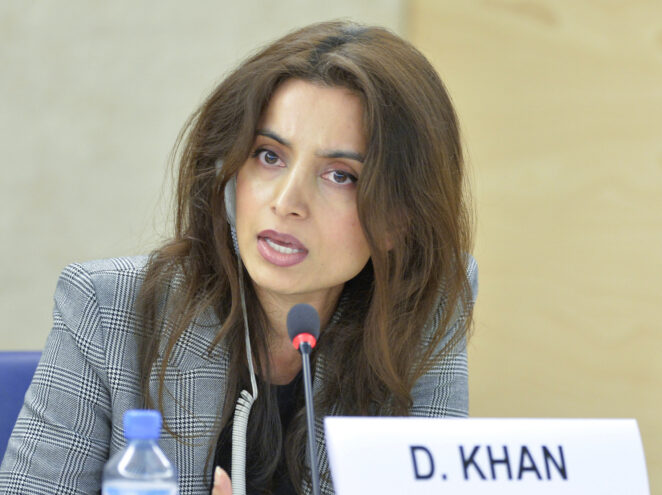
Deeyah Khan speaks at the United Nations
Next speaker, the specialist of cultural rights, Karima Bennoune pointed out a paradox of how the Covid-19 pandemic has locked us down, but opened some new doors at the same time; how the whole generation of young artists may move to other fields, but those who stay have a great chance to discuss social questions that are important and meaningful. Could you give an example of these questions?
Creativity always finds a way. Although outside, the infrastructure of concerts and events was collapsing, people were also finding themselves left to their own resources. And while some people got really into baking, other people found a space for their creativity. We’ve seen a flowering of poets and musicians finding their creativity for the first time. With many of us now experiencing our social lives through the screen, there was a turn towards online performances, readings, performances, gigs and even complete festivals broadcast from sitting rooms and patios. We’ve already seen how technology can shape how we produce art – and now we’re seeing how it can help us share it. Covid-19 could have incubated the careers of a new generation.
As to what questions they will ask, this will speak to the environment in which they develop as artists. Covid-19 has exposed social inequalities, and coincided with the Black Lives Matter movement which is something that needs to be addressed. Covid-19’s probable origins lie in the over-exploitation of natural resources, so there’s likely to be a focus on ecology, the health of the planet and our future as creatures who live on it and rely on it for our every need. I think Covid-19 has an important lesson and that is that each one of us relies on our communities. Our well-being has been placed in the hands of others, and theirs in ours in a very direct way for the past year or so. It’s that sense of inter reliance and the interconnectedness of the human race that we need to take forward.
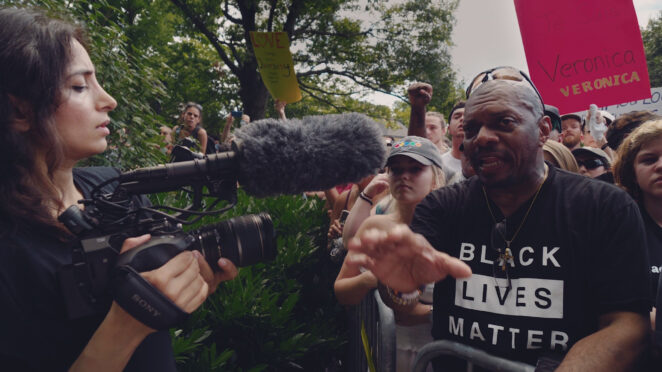
Deeyah Khan filming her documentary “White Right: Meeting the Enemy”
You had an interesting idea of why art is considered dangerous – because it operates on an emotional level, touches our souls and gives us hope. To control people, their hope has to be broken, but art will not let that happen. Another component of this dangerousity is a well know theory of art as mirror of ourselves, of our society. Though, there are some further developments of it that come to my mind. „Art is not a mirror held up to reality, but a hammer with which to shape it,“ Bertolt Brecht has said. „But what if you’re in a hall of mirrors and the giant hammer is made of foam?“, Banksy reflects. Does this reflection sound like there is no hope left, after all?
Brecht believed in the promise of art to create social change strongly, and it seems like Banksy is less convinced. Banksy’s style is pastiche, so pastiching Brecht probably comes naturally to him. I don’t think he means this as saying art is pointless, otherwise why would he continue to create political art? I think that the fact that his art is spraypainted onto the streets shows that what he wants is to open up his art to broader audiences – to just a freedom of creation and artistic expression but also a freedom of experiencing art – to present art to people who didn’t pay for it, weren’t looking for it, people who wouldn’t perhaps think of themselves as consumers of art. It’s important to break the barriers to art, to get it out there in ways that people will experience it. Brecht and Banksy both had ways of appealing to people that might not have thought art was for them. But art is for everyone. And how can we despair, when we have art – the most powerful means of communication – on our side.
Another speakers, Natalia Kaliada and Rima Mismar, both have had a direct experience with dictatorial regimes ten years ago, from Belarus prison and Arab Spring. And both of them shared some thoughts about Covid-19 again, how it is used as a weapon to inflect the prisoners or as an alibi to shut down the culture. Any other remarkable ideas they expressed that you noticed?
Dictatorial regimes don’t need much excuse to close down anything that makes them feel uncomfortable so it’s no surprise they sized on Covid-19. We need to be alert, as we move into a period where we’re likely to see increasing natural disasters – particularly in relation to climate change – that freedom of expression doesn’t get deprioritised. What I find remarkable and inspiring is the work of Natalia and Rima to keep alive the power of art, the need for creative resistance and the nurturing of dissident and challenging art in the face of such brutal censorship and risks.
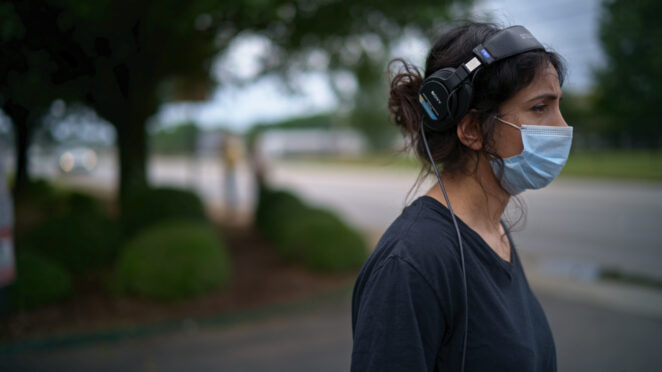
Deeyah Khan filming her documentary “America’s War on Abortion”
There were some notes made by the online-audience. First of them was concerned with Norwegian artists, who “are not persecuted like in some other countries, but the disgraceful reactions from leading Norwegian politicians to the play “Ways of Seeing” revealed a lack of understanding of basic artistic freedom of expression. Combined with a rather flexible relationship with the actual facts of the case, what we saw was not a political strategy to be very proud of.” How would you comment that?
It’s important that those in power have a fairly thick skin when it comes to criticism. Democracy relies on freedom of speech and people having the ability to criticise their leaders. I am actually not familiar with this case myself, but doing a quick online search on it I’d say that the response to ’Ways of Seeing’ and Laila Anita Bertheussen acts were bizarre, to put it lightly, and a dispiriting reflection on democracy and human rights in Norway. We need to learn from this. However, I need to learn more about this piece to understand fully what happened.
And the second note was about propaganda that “often disguises itself as freedom of expression.” How can our societies be protected from this, especially young people in the digital space, so they can tell the difference between true freedom and indoctrination?
Firstly, freedom of expression will necessarily include opinions we don’t like, decision about what is and is not propaganda is often made on the basis of an individual’s own politics. What concerns me most about young people in the digital age is the spread of misinformation in general. We have seen, for instance, dangerous rumours circulate about how you can catch and treat Covid-19, and people have been making themselves sick by using quack remedies they’ve heard about. That’s a public health problem. And to use the same example, there’s a lot of conspiracy theories around the pandemic, for instance that the virus was created by big Pharma or that it’s being manipulated by the Deep State or that it’s related to the rollout of 5G. That kind of misinformation becomes a political problem, when it feeds into long-existing suspicions of elites and can lead to violent outcomes and increasing radicalisation.
In the internet age, there’s a constant struggle to keep accuracy. There’s such an overwhelming flow of information that it’s hard to sort the wheat from the chaff – and people tend to read content that supports the ideas they already hold, and there’s so much content it’s easy to slide down into a rabbit-hole of misinformation. Social media has only recently begun to crack down on misinformation – but it is absolutely necessary.
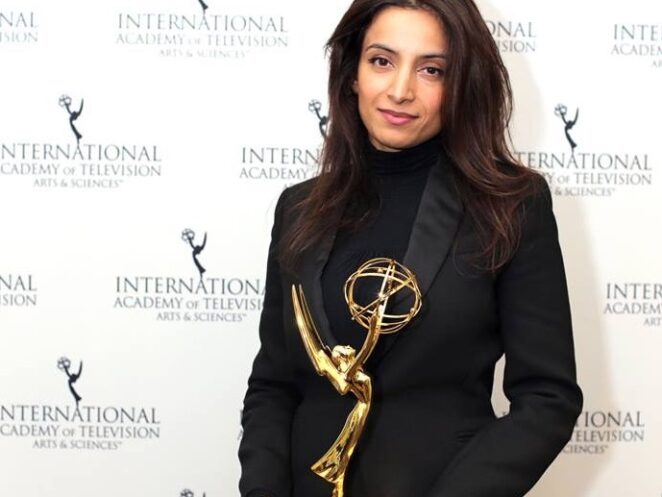
Deeyah Khan wins Emmy for “Banaz: A Love Story”
Last not but least – tell us about more your current positions as a film director and goodwill ambassador of UNESCO. Have you got any magic tools in your box to help the hope survive?
Film-making is always a hopeful experience for me, because it’s the way I understand problems, and it’s in understanding them that I feel the way through. When I’ve spoken to Nazis, Jihadists and other violent extremists, I’ve always found a way to connect to them, to their humanity. They have vile ideas, but they are still human, and hope lies in the mutual recognition of our shared humanity. There’s a tremendous power in reaching out across the lines to your opponent, and finding in him a person who is like yourself. The future belongs to all of us, and depends on all of us. We need to draw people back into the conversation rather than creating more divisions. That’s not easy work, but ultimately, it’s the only way forward.
*By a silence scream of someone in my dreams
I have been involved with these anxieties for many years
Do not say, want, ask anything of my answers
Do not let them touch my books
They are taking me… Ah! Fatemeh!
Who are the shadows walking down the alley?
Whose first name are they looking for in the list?
Please tell them nott o wait for me
Since they are neither confident of you nor this home
They are taking me… Ah! Fatemeh!
Through mother’s veil and father’s jacket
Through my childhood Pictures and wet eyes
Through the memories of your arms, which are dizzy and float
They are pulling my dress toward the door
They are taking me… Ah! Fatemeh!
Do not let them touch you and the fear inside you
Do not let them hear your voice or your smell
Do not let sob fill your throat with sorrow
Do not ask me not to have a nightmare of falling
They are taking me… Ah! Fatemeh!
You are floating on cry like a dizzy Fish
Your wild ruffled hair beneath your scarf…
Stop one moment! Do not move! I want to keep you in my mind!
I know you will come one day and
Pull me out of the torture
They are taking me… Ah! Fatemeh!
You are waiting for me since the days of apprehension
You are restless for me, like two eyes staring at door
You are my postern, like a chain of woven hair
I feel you near me, more always than every…
They are taking me… Ah! Fatemeh!
Translated by Hossein Fallah

